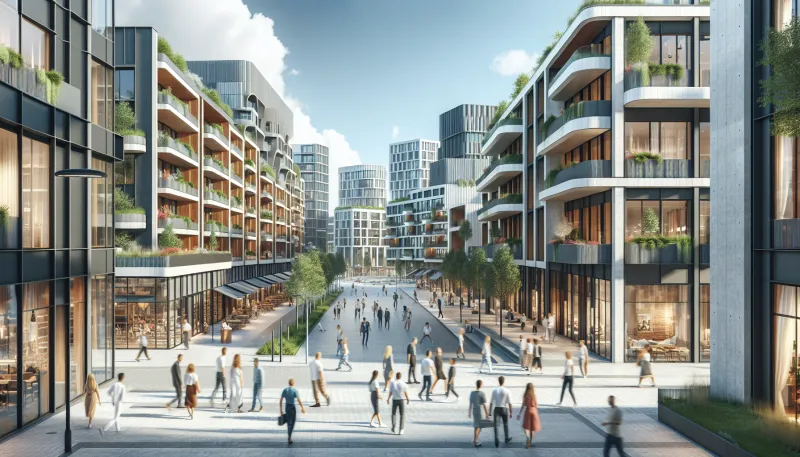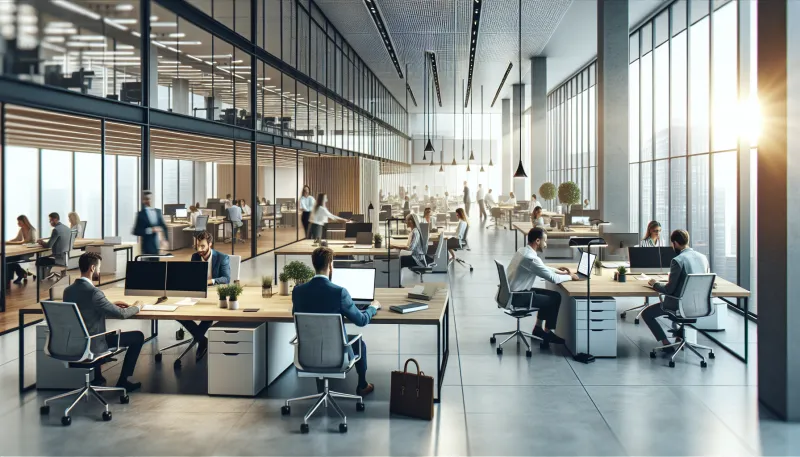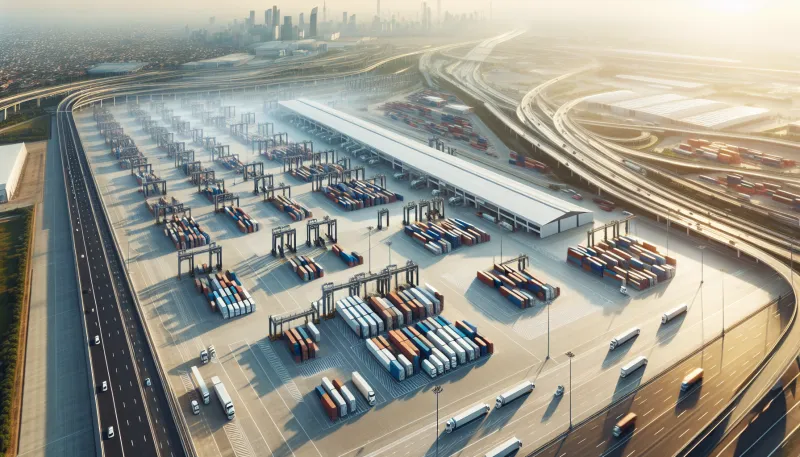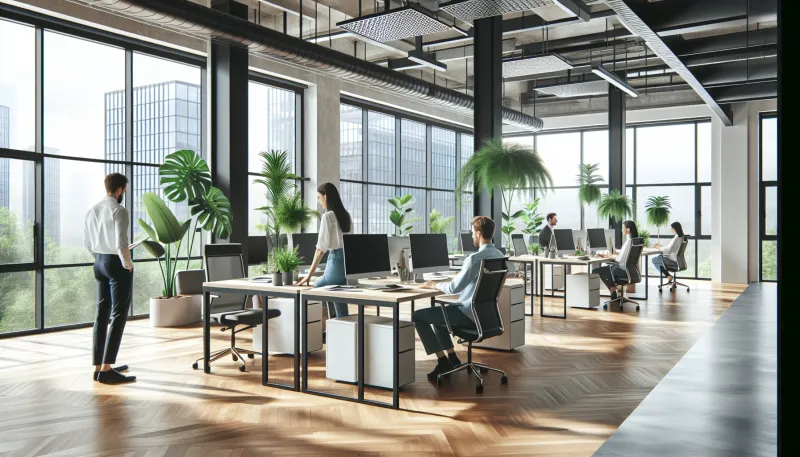
The evolution of mixed-use developments around the world
Mixed-use developments have transformed urban landscapes globally, blending residential, commercial, cultural, and recreational spaces within single complexes or neighborhoods. This approach to urban planning offers sustainable solutions to city growth, encourages vibrant communities, and enhances economic resilience. Tracing the evolution of mixed-use developments reveals how these projects have adapted to changing social, economic, and technological dynamics across different regions.
- Origins of mixed-use developments in ancient cities
- The decline of mixed-use zoning in the industrial age
- The rise of suburban single-use developments
- The resurgence of mixed-use concepts in late 20th century
- Global examples of modern mixed-use projects
- Technological advances shaping mixed-use design
- Sustainability as a driver for mixed-use growth
- Social impact and the creation of vibrant communities
- Challenges and future trends in mixed-use developments
Origins of mixed-use developments in ancient cities
Mixed-use developments are far from a modern invention. In ancient civilizations such as Mesopotamia, Rome, and medieval European towns, the combination of residential and commercial activities within the same area was common. Communities were built with markets, residences, and workshops located close together, enabling social and economic interaction. The organic growth of these cities prioritized proximity to trade and communal spaces, laying the groundwork for current mixed-use concepts.
The decline of mixed-use zoning in the industrial age
During the industrial revolution, urban planning shifted towards segregation of functions, fostering distinct zones for residential, industrial, and commercial activities. The rise of factories and concerns over public health and safety propelled zoning laws that separated living areas from workplaces. This period marked a decline in mixed-use development, favoring specialization over integration, which often led to urban sprawl and increased reliance on transportation.
The rise of suburban single-use developments
Post-World War II suburbanization accelerated the trend towards single-use zones dominated by residential neighborhoods separated from shopping centers and office parks. The proliferation of automobiles enabled families to live far from city centers, creating commuter cities with low density. These developments often lacked the diversity of uses found in traditional urban cores, leading to challenges such as traffic congestion and social isolation.
The resurgence of mixed-use concepts in late 20th century
By the late 20th century, dissatisfaction with suburban sprawl and a renewed interest in urban living spurred the revival of mixed-use developments. Planners and architects began re-integrating residential, commercial, and recreational spaces to foster walkability and social interaction. This trend coincided with the new urbanism movement, emphasizing human scale design and sustainable urban lifestyles.
Global examples of modern mixed-use projects
Today, mixed-use developments manifest uniquely across different regions:
- Asia: Cities like Singapore and Tokyo feature vertical mixed-use towers that combine offices, homes, retail, and entertainment in high-density environments.
- Europe: Historic districts are revitalized through adaptive reuse projects blending cultural spaces with housing and commerce.
- North America: New urban centers include sprawling complexes that emphasize green spaces and transit connectivity alongside diverse amenities.
Technological advances shaping mixed-use design
Innovations in design and construction technology have expanded the possibilities for mixed-use developments. Smart building systems, modular construction, and improved environmental controls allow for efficient use of space and resources. Digital planning tools support complex integration of multiple functions while ensuring comfort and sustainability. These advances enable developers to tailor mixed-use projects to specific community needs and changing market demands.
Sustainability as a driver for mixed-use growth
Environmental concerns increasingly influence urban development strategies. Mixed-use designs contribute to sustainability by reducing dependency on cars, encouraging public transit, and promoting energy-efficient buildings. Shared infrastructure and concentrated land use minimize urban footprint, while green spaces embedded within mixed-use projects improve air quality and community well-being. Many cities incorporate sustainability goals into planning regulations favoring mixed-use developments.
Challenges and future trends in mixed-use developments
Despite their benefits, mixed-use developments face challenges such as complex financing, regulatory hurdles, and balancing diverse stakeholder interests. Achieving optimal design that satisfies various users requires careful planning and community engagement. Looking ahead, trends include integration of advanced mobility options, increased emphasis on resilience against climate change, and incorporation of technology-driven adaptability. The ongoing evolution reflects the dynamic relationship between cities and their inhabitants.
Tommy is a property-passionate journalist who covers the forces shaping housing and the built environment. With a data-driven approach and a reporter’s curiosity, he writes on market cycles, urban development, PropTech, and policy—always connecting numbers to everyday lives. [Name]’s work blends clear analysis with on-the-ground reporting to help readers navigate trends, opportunities, and risks across residential and commercial real estate.





Social impact and the creation of vibrant communities
Mixed-use developments foster social cohesion by creating places where people can live, work, and socialize within close proximity. This diversity of uses encourages cultural exchange and helps reduce urban isolation. Public spaces, community amenities, and mixed-income housing within these developments support inclusivity and active lifestyles. As a result, these environments often become hubs of creativity and economic opportunity.